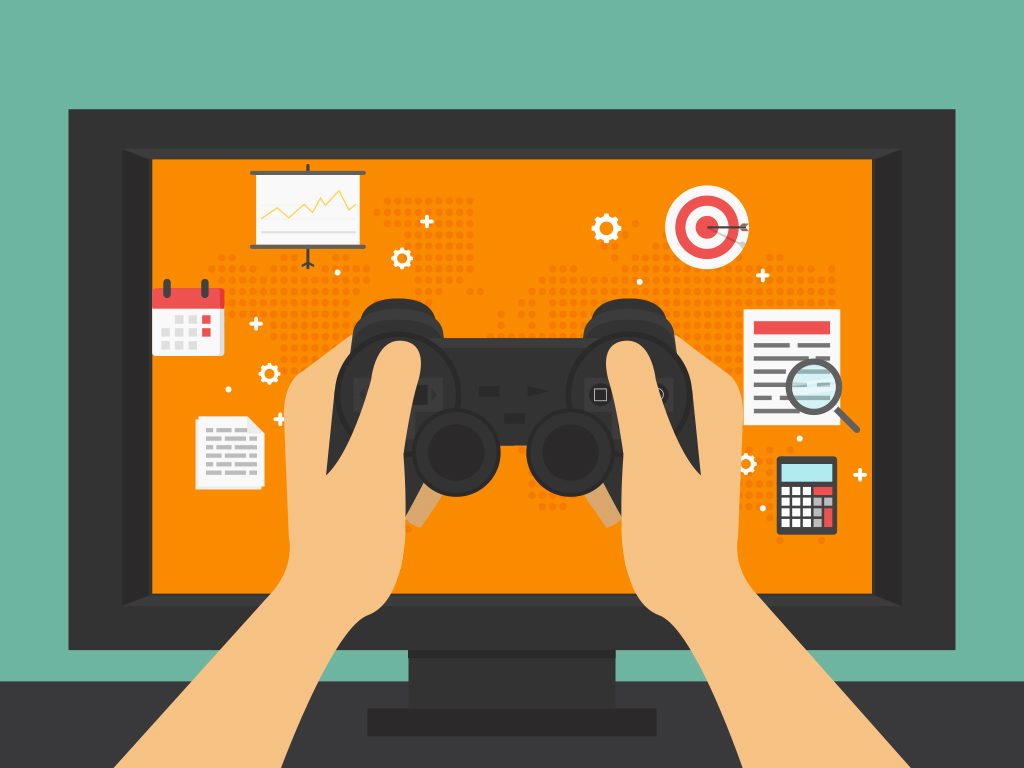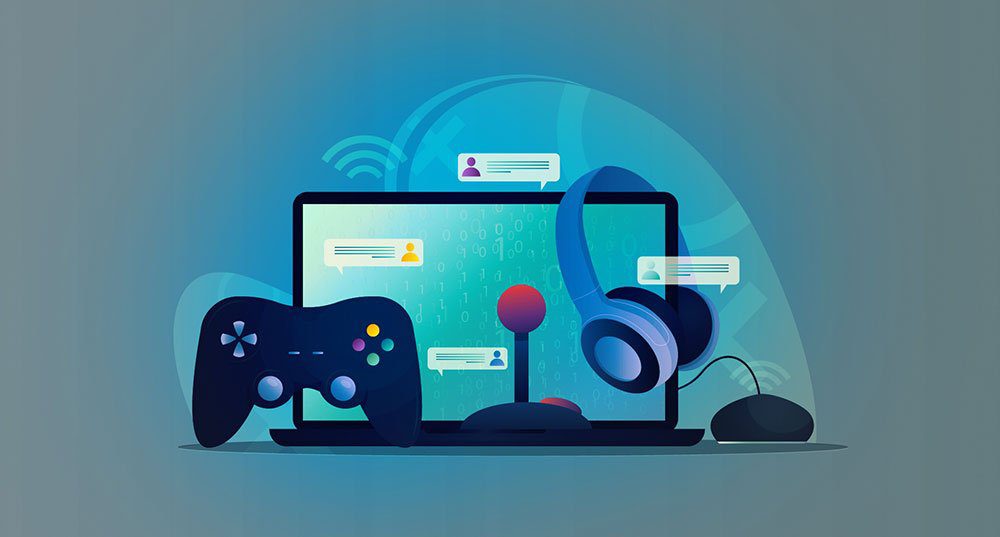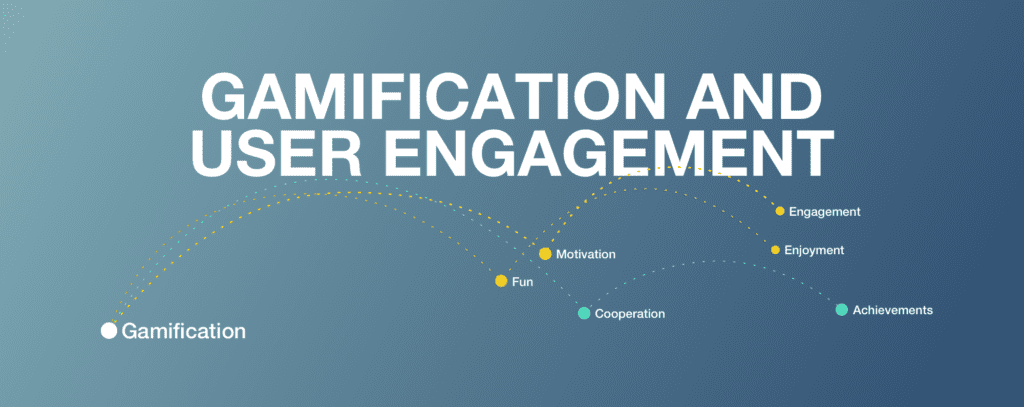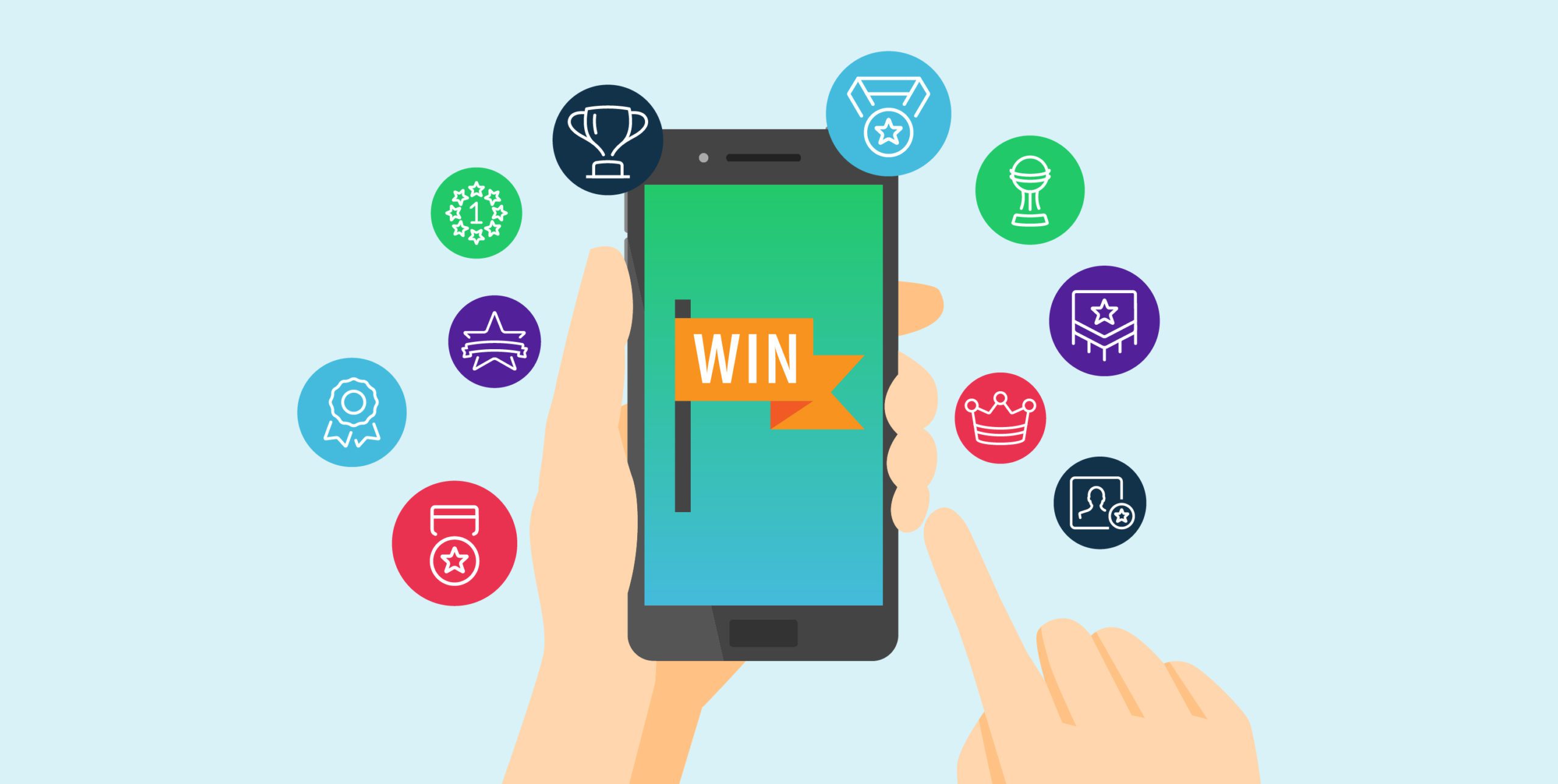Gamified content helped car manufacturing giants Ford Motors to increase their revenue by $8million and generate 600% more likes on Facebook.
Verizon’s decision to gamify it’s website resulted in 30% more logins among its user base. The campaign was highly successful, with nearly 50% of Verizon’s 108 million subscribers participating in the games.
Content Marketing – What Is It?
Content Marketing, like its name, is a marketing approach that relies solely on content and its ability to engage and retain users. Instead of traditional ways of pitching your product to a user base, you use sensory material to attract and retain customers as a content marketer. These mediums can be images, videos, games, blogs, printed material, etc. In addition, shareable and interactive content takes this form of marketing even further, beyond conventional demographics.
Content Marketing Institute defines it more elaborately – “Content marketing is a strategic marketing approach focused on creating and distributing valuable, relevant, and consistent content to attract and retain a clearly defined audience — and, ultimately, to drive profitable customer action.”
Content Marketing has been born out of the need to engage customers more effectively and at the higher cost of traditional marketing. Recent improvements in technology have created fierce competition in the realms of custom content-based marketing. While traditional content marketing generates about 300% more leads while being 62% cheaper, market leaders have already moved to the next step : gamification. Leveraging gaming principles in content marketing, organizations have reduced banner blindness, attracted and retained more users, and dramatically increased their brand value. Branded games have increased brand recognition for a lot of small, medium, and large organizations worldwide.
As a business leader, wondering how your content-based marketing can benefit from these branded games? Here are two examples for you to consider:
How Can Branded Games Increase Your Content Marketing Potential?
Branded games can spruce up your content marketing potential in many tangible ways, gathering about their interaction patterns much easier. User data collected can be used to customize your product further to suit your user base.

Some Examples of Content Marketing Gamification:
Many of the world’s most successful and unique marketing campaigns have included gaming principles to differentiate them from their competition. Some of them include:
- American fast-casual restaurant chain Chipotle released a memory-based game, “A Love Story”, in 2016. Intended to be a follow-up after their animated short film of the same name, this game was immensely popular. Not only this, Chipotle also rewarded participants with an online-only buy-one-get-one-free entree offer that players could cash in at any Chipotle outlet in the U.S. or Canada.
- In 2010, M&M’s Eye-Spy Pretzel game, released on Facebook, gathered 25,000+ likes, 6,000 shares and 10,000 comments. This low-cost, gamified content marketing campaign was created in tandem with the release of their pretzel-flavored candy.
The phenomenal, almost absurd success of Netflix’s Squid Game has taught us many lessons about content marketing. Effectively utilizing social media platforms like TikTok is not enough – creating custom, gamified content across the webspace is essential for your product to stand apart from others. The most successful marketing campaigns of recent years contained some form of gamified content – Starbucks’ Rewards Program is perhaps the best example. Even Google had to give in to the lure of gaming-centric content marketing in Chrome every time it showed you that a website was down. Creating your branded game creates a fun and engaging way for users to interact with your product and creates better word-of-mouth marketing for your brand.
The question has shifted from if to when is gaming-based content marketing taking over the world – are you all in?Some of the most important ones are:
- Increased User Engagement:
The biggest and most immediate effect of gamification in content marketing is better user engagement. Games have a universal appeal, and using their principles in your marketing material lessens the chances of banner blindness – a situation where users idly scroll through banner-style marketing content. In addition, gaming-based marketing is interactive, which makes users engage with the material and participate more.
- Better User Retention:
Gamification in your content marketing campaign rewards users when they complete milestones, or at times even for participating. This instant gratification converts users into customers. Rewards are also seen as a thank-you gesture from your business to your customers, making them stick to your product for longer terms.
- Improved Brand Awareness and Loyalty:
Branded games not only create awareness for your brand, the overall transcendence of games beyond certain age groups makes the reach much more comprehensive. In addition, well-rounded gamification campaigns deliver your messages to a larger audience – an essential first step towards building brand loyalty.
- Better Customer Relationship:
Better user engagement and retention improve customer relationships when you use gamification in your content marketing. Your marketing campaign incorporates badges, leaderboards, reward points, and loyalty bonuses to create a sense of bonding between your customer and your product. The more they use certain features, the more milestones they cross and the more rewards they unlock. This cycle ensures long-term relationships are created and maintained.
- Useful Data Gathering and Customization:
Gaming content is relevant, accessible, engaging, and shareable. Leveraging games in your marketing campaign can significantly increase user participation and make data gathering about their interaction patterns much easier. User data collected can be used to customize your product further to suit your user base.
Some Examples of Content Marketing Gamification:
Many of the world’s most successful and unique marketing campaigns have included gaming principles to differentiate them from their competition. Some of them include:
- American fast-casual restaurant chain Chipotle released a memory-based game, “A Love Story”, in 2016. Intended to be a follow-up after their animated short film of the same name, this game was immensely popular. Not only this, Chipotle also rewarded participants with an online-only buy-one-get-one-free entree offer that players could cash in at any Chipotle outlet in the U.S. or Canada.
- In 2010, M&M’s Eye-Spy Pretzel game, released on Facebook, gathered 25,000+ likes, 6,000 shares and 10,000 comments. This low-cost, gamified content marketing campaign was created in tandem with the release of their pretzel-flavored candy.
The phenomenal, almost absurd success of Netflix’s Squid Game has taught us many lessons about content marketing. Effectively utilizing social media platforms like TikTok is not enough – creating custom, gamified content across the webspace is essential for your product to stand apart from others. The most successful marketing campaigns of recent years contained some form of gamified content – Starbucks’ Rewards Program is perhaps the best example. Even Google had to give in to the lure of gaming-centric content marketing in Chrome every time it showed you that a website was down. Creating your branded game creates a fun and engaging way for users to interact with your product and creates better word-of-mouth marketing for your brand.
The question has shifted from if to when is gaming-based content marketing taking over the world – are you all in?











